AO Edited
Mountfitchet Castle
This reconstructed Norman castle is the world's most accurate, from location to livestock.
Visitors to Mountfitchet Castle would be excused for thinking they had been launched back in time. The Norman motte-and-bailey castle and village is a careful replica of what stood on the site almost 1000 years ago. The 10-acre site has everything from halls to homes, churches to chicken coops, falcons to fertility chairs.
The site is protected by the Department of the Environment as a national historic monument. Artifacts discovered in excavations of the site reveal its transition from an Iron Age hill fort, to a Roman signal fort, to a Saxon settlement conquered during William the Conqueror’s 1066 Norman invasion, when the wooden motte-and-bailey castle was built. By 1215, this wooden fortress was upgraded to a stone castle. Also in 1215, King John launched a destructive attack on the castle after which the castle lay in ruins. Nature moved in. Local villagers took many of the castle’s stones to build their homes. Some of these homes still stand today in the nearby town.
For over 750 years, all that remained of the castle were the ruins left behind. That is until 1975, when local landowner Alan Goldsmith decided to rebuild the castle as it would have stood in 1066. The remaining original earthwork was cleared, allowing work to begin in 1980. A team of craftspeople worked closely with historians and archaeologists to ensure the reconstruction’s accuracy. The construction materials used are both period-appropriate and sourced from historically accurate locations. The reconstruction’s oak came from nearby Suffolk. The roofs’ reeds came from Norfolk. The plaster for each house came from horses and pigs, for their hair and manure respectively. The houses were placed on areas where a geophysics survey found high levels of nitrogen in the soil, suggesting areas of high activity.
Much like they would have in 1066, animals live freely within the 10-acres site. The goats, rabbits, and deer are all breeds and species the Normans would have kept. Most were raised for food, but deer also doubled as a Norman flex. The more deer a baron or lord kept, the greater their status. The deer that live at the castle today are survivors of road accidents or orphans. In fact, a deer that lived much of its long life at Mountfitchet Castle received a world record as the longest living deer on record.
There are also domestic fowl, which the Normans used not only for their meat and eggs, but also for their bones and feathers which were used in tools, textiles, and jewelry. Similar to Mountfitchet’s deer, many of the chickens now at the castle are rescues from battery farms. The fowl too can claim a world record. Little John, a 26-inch-tall Light Brahma cockerel, is recorded as the world’s tallest chicken.
The animals may not be the only residents roaming the castle, however. According to some, the castle and its grounds are haunted. Since the 1920s, half a century before the castle was rebuilt, ghosts have been seen at the grounds. People have heard ghostly flutes playing or the sound of swords clashing, as well as experienced sudden temperature drops or feelings of unease. The site of the Grand Hall seems to be the hub of supernatural activity, and following staff complaints, cameras were installed to record any nighttime occurrences. Even the castle’s animals seem to avoid the church and surgeon’s house, two sites that would have seen a great deal of death.
Know Before You Go
The site closes briefly in the winter. Please see their website for the most up-to-date visitor information.
Be aware of the entry prices.
The entrance to the site is next to the car park which has some free spaces for upto two hours.
Community Contributors
Added by
Edited by
Plan Your Trip
The Atlas Obscura Podcast is Back!



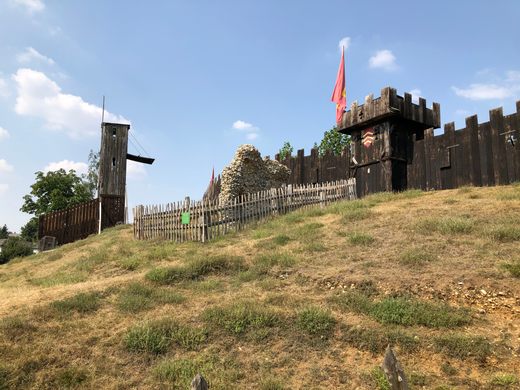
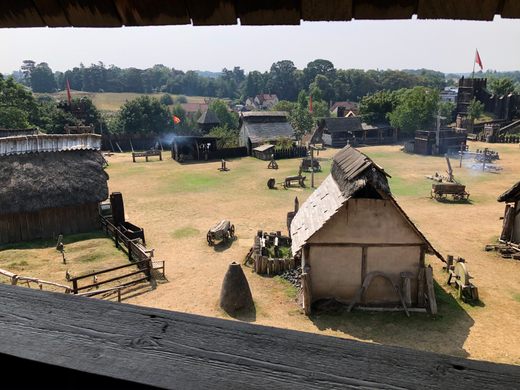
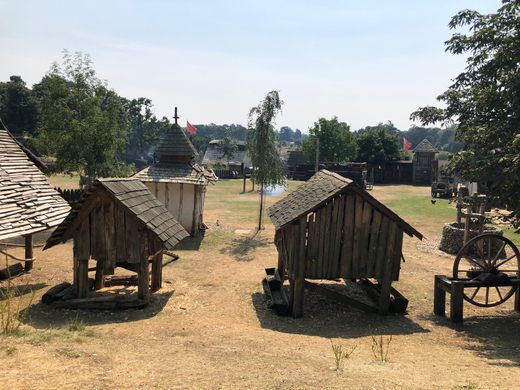
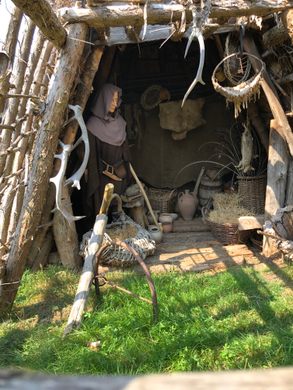
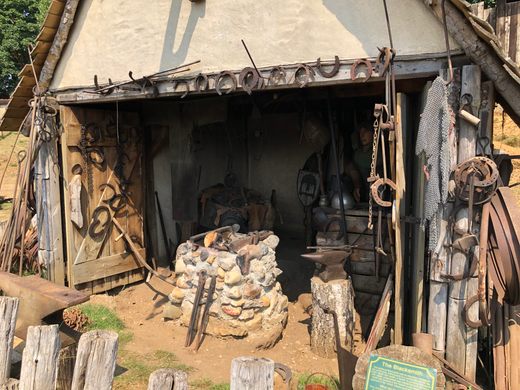
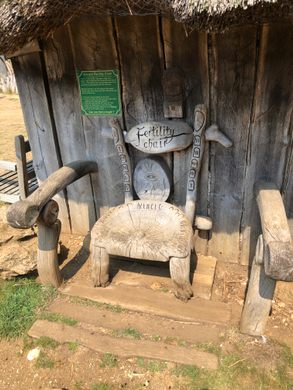
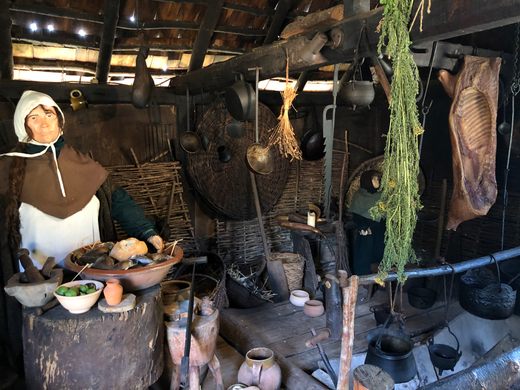

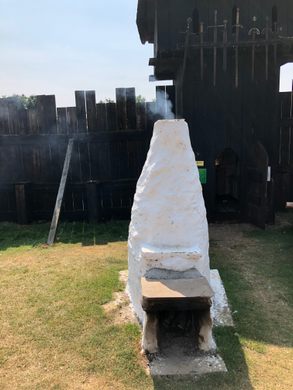
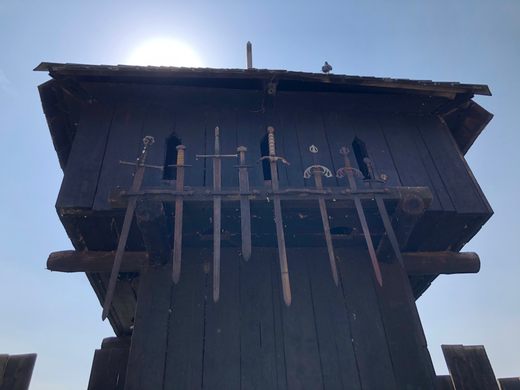
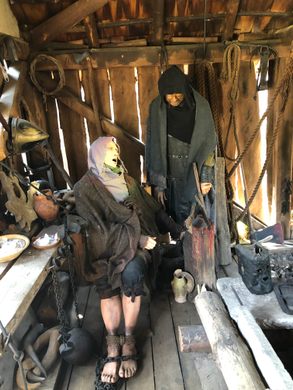
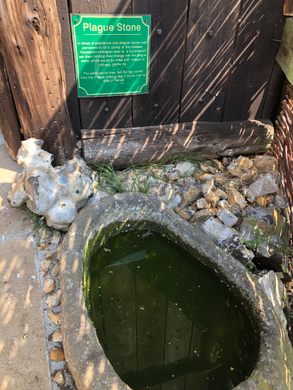



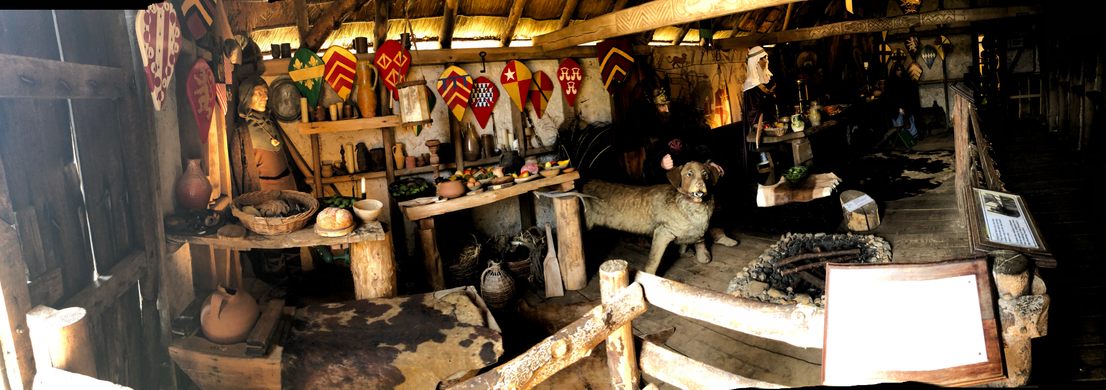


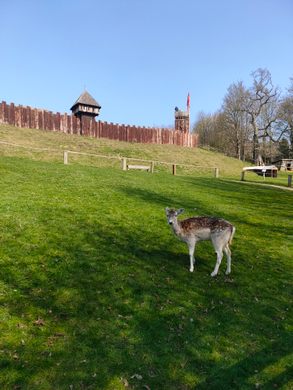
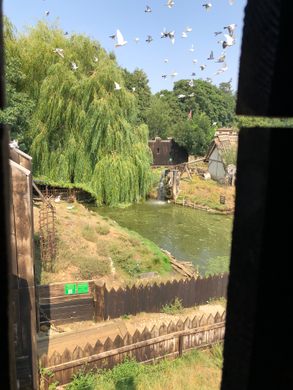








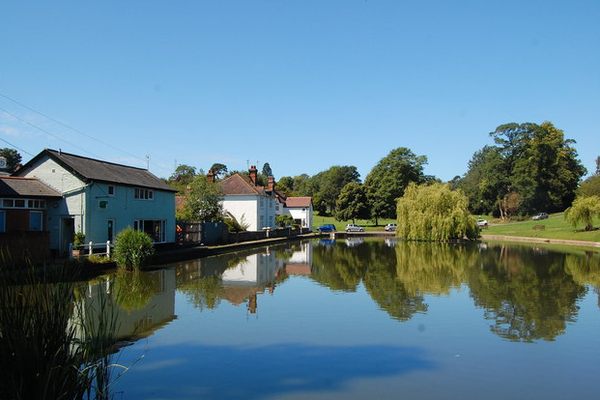




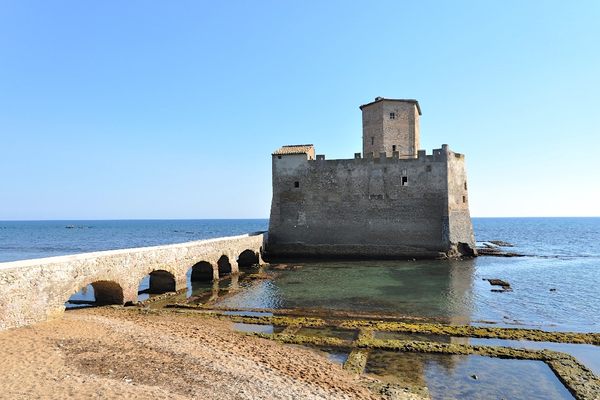

Follow us on Twitter to get the latest on the world's hidden wonders.
Like us on Facebook to get the latest on the world's hidden wonders.
Follow us on Twitter Like us on Facebook